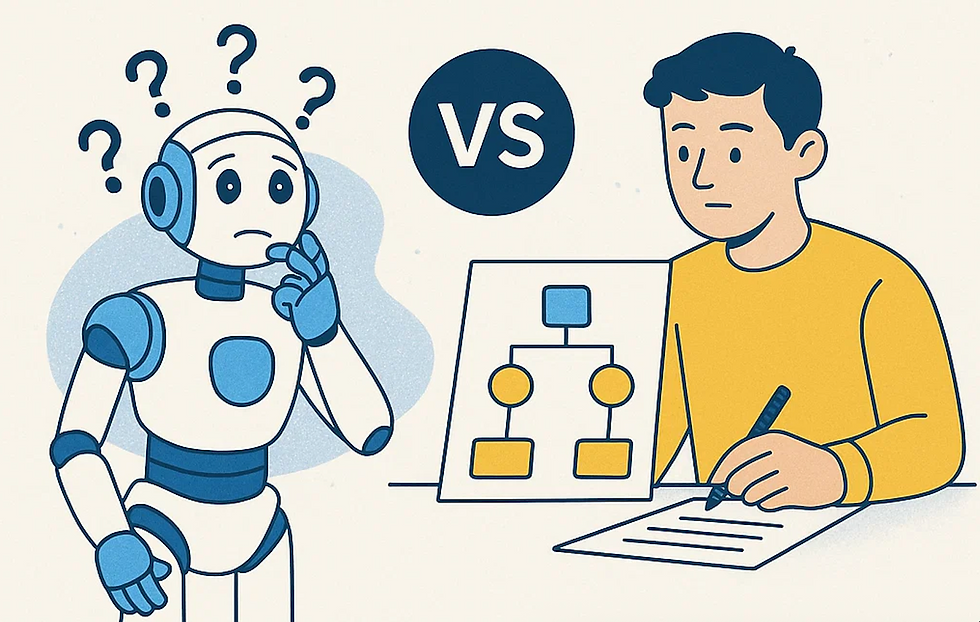Friendly Fire in Modern Warfare: Why the Future Depends on Combat Cloud
- Jaime Parra
- Mar 30, 2024
- 3 min read
Friendly fire remains one of the most pressing and dangerous challenges in modern military operations.

A recent incident in the Red Sea has brought this issue back into the spotlight. A U.S. Navy F/A-18 fighter jet was accidentally shot down by an allied vessel, the USS Gettysburg. While investigations are still ongoing, initial findings suggest that a failure in communication or misidentification may have been the cause.
This unfortunate event underscores a critical point: even with highly trained personnel and advanced systems, coordination failures can occur. In increasingly interconnected and fast-paced battle scenarios, traditional communication methods are no longer sufficient.
The Need for a New Approach: Enter Combat Cloud
The concept of the Combat Cloud is emerging as a potential solution to the growing complexity of defense operations. Although it is still in development, this paradigm represents a significant shift in how information is shared and decisions are made in military contexts.
Combat Cloud envisions a real-time, integrated ecosystem where military platforms, sensors, and weapon systems are all connected via cloud-based infrastructure. Rather than operating in silos, each component shares data in a seamless and secure way, allowing for better coordination, faster responses, and fewer mistakes.
This isn’t just about faster technology, it’s about smarter operations.
How Combat Cloud Can Help Prevent Future Incidents
If implemented successfully, Combat Cloud could address several of the key issues that contribute to friendly fire incidents and other operational errors:
Real-time data sharing: Ensures all units have access to the same up-to-date information, minimizing the risk of misidentification.
AI and predictive analytics: Helps analyze data quickly and identify potential threats before they escalate into conflict.
Secure interoperability: Connects allied forces in a secure environment, improving coordination without sacrificing data security.
These capabilities could make the difference between a successful mission and a tragic error.
SKIOS and the Role of Blockchain
At SKIOS, we’re contributing to this vision by integrating blockchain technology into the Combat Cloud framework. Blockchain offers unique advantages in environments where trust and data integrity are mission-critical.
With blockchain, every piece of information shared within the Combat Cloud ecosystem is:
Secure – protected from tampering or unauthorized access
Traceable – with a clear record of where data came from and how it was used
Reliable – ensuring that allies are operating on verified, consistent information
By embedding these principles into the core of Combat Cloud, we help build a future where better data leads to better decisions and safer outcomes.
Where We Are Today
Combat Cloud remains a concept in development, but its progress is accelerating thanks to collaborative efforts across the defense and tech sectors. At SKIOS, we’re pushing the boundaries of what's possible by combining emerging technologies such as blockchain with defense innovation strategies.
This work is a key step toward enabling multidomain operations, where land, sea, air, space, and cyber forces are connected in a unified, intelligent system.
Looking Ahead
The incident in the Red Sea is a sobering reminder of what’s at stake. It reinforces the urgent need for solutions that enhance coordination, reduce risk, and protect lives.
Combat Cloud offers a path forward. While still in development, its potential to transform the future of defense is undeniable. At SKIOS, we are proud to contribute to this transformation, working toward a future where the fog of war is replaced by clarity, security, and precision.
Let’s build that future together



Comments